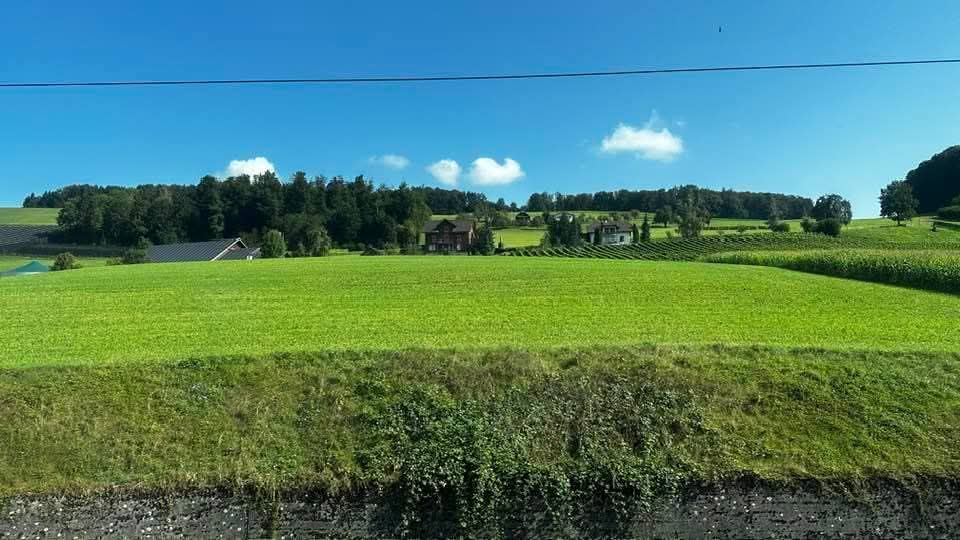Kathmandu, Nepal – April 20, 2025
A recent reflection by Tank Dahal on the striking similarities between Nepal's natural landscapes and Switzerland’s iconic Titlis region has sparked discussions on sustainable development. Dahal’s observations provide valuable insights into how Nepal can achieve agricultural self-reliance, balanced industrialization, and a robust tourism sector while preserving its natural beauty.
Switzerland, renowned for its efficient infrastructure, has successfully integrated modern transportation networks like railways and roads into its mountainous terrains without compromising its ecological balance. The Titlis region, with its vast stretches of maize fields and grazing livestock, exemplifies the harmony between agriculture, tourism, and industrialization.
Nepal, with its equally stunning landscapes and rich cultural heritage, has immense potential to emulate Switzerland’s model of sustainable growth. Experts believe that focused investments in agriculture, renewable energy, and eco-friendly tourism could drive Nepal towards self-reliance and prosperity.
Environmental and developmental analysts suggest that integrating modern infrastructure into rural areas, much like Switzerland, would be transformative. Improved road and rail connectivity could link remote regions to urban centers, boosting trade, tourism, and overall economic development.
However, achieving this vision requires a collaborative effort between the government, private sector, and local communities. Policies promoting eco-tourism, sustainable farming practices, and industrial innovation are essential. Moreover, protecting Nepal's biodiversity and cultural heritage must remain a priority in any developmental endeavor.
Tank Dahal’s hope for Nepal to one day mirror Switzerland’s success serves as a reminder that with determination, innovation, and commitment to sustainability, Nepal can carve its path toward a thriving future.
For more insights on sustainable development and inspiring stories, stay tuned to Ecosphere News.